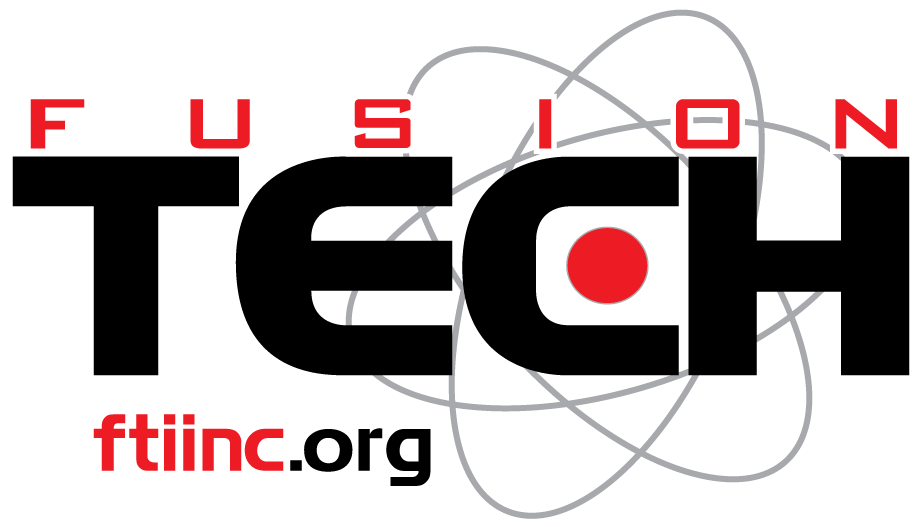A standard poultry deboning operation includes six main tasks – each with it’s own ergonomic and safety risks. While ergonomic risks exist in any processing operation, due to the constant and repetitive motions involved in manning processing work stations, poultry deboning has a number of safety risks as well – from the use of knives, trimmers, and pullers.
Knowing the typical ergonomic risks associated with a poultry deboning line can better prepare you to invest in equipment and proper training to lower those risks and keep your employees safe. Here are just some of the ergonomic risks listed out by deboning task:
Task 1: Skin Puller
The first task typically involved an employee using pliers or a similar tool to pull skin from breasts, thighs, and legs. Ergonomic and safety risks of this task may include:
Standing for a long time
This reduces blood flow to the legs, forces isolated muscles to work for an extended time, and increases risk of fatigue. Solutions include:
- Install ergonomic stands to position employees at appropriate height and reduce stress on legs
- Rotate employees to tasks that do not require prolonged standing
- Provide a foot rest on work station
Forceful hand exertions
This can stretch and fray the tendon if there are not sufficient periods of rest, and lead to tendinitis or tenosynovitis. Other risks include irritation and inflammation. Solutions include:
- Provide appropriate hand tools
- Use a clamp to hold parts while pulling skin
- Rotate to non-hand intensive tasks
Task 2: Line Loader
In this task, parts are transported from cutting stations to the deboning stations in tubs, which may be lifted from cart shelves or from the floor. Ergonomic and safety risks of this task may include:
Bending at the waist to lift
Repeated lifting, especially when bending at the waist, can lead to back stress and lower back injury, even if the load is not heavy. Solutions include:
- Place tubs on shelves that are waist high to prevent the need to bend while lifting
- Use a tilt dumper to elevate and tilt product to appropriate height
- Use a tub or vat dumper to empty contents onto a conveyor
- Use a conveyor to transport product between work stations
Task 3: Deboner
In this task, employees remove the bones from various parts of the chicken. Ergonomic and safety risks of this task may include:
Hazards from use of knives
Horizontal cutting surfaces force employees to bend their wrists to perform the cut, leading to stress on the tendons and muscles of the hand and forearm. Solutions include:
- Tilt work surfaces to reduce wrist deviation
- Keep knives sharp and in good condition
Cuts and Lacerations
Working with hand-held knives always poses the risk of cuts and lacerations. Solutions include:
- Use a mesh glove on non-cutting hand
- Maintain sharp blades
Reaching
Constantly reaching across equipment, such as conveyors or tubs, causes stress on the shoulder and upper back. Solutions include:
- Install ergonomic stands to position employees at appropriate height to reduce reach
- Reduce the width of equipment
- Use diverter bars or ARB technology belting to transport product closer to employees
Standing for a long time
This reduces blood flow to the legs, forces isolated muscles to work for an extended time, and increases risk of fatigue. Solutions include:
- Install ergonomic stands to position employees at appropriate height and reduce stress on legs
- Rotate employees to tasks that do not require prolonged standing
- Provide a foot rest on work station
Task 4: Tender Puller
In this task, employees use their fingers to pull tenders away from the breast bone. Ergonomic and safety risks of this task may include:
Reaching
Constantly reaching across equipment, such as conveyors or tubs, causes stress on the shoulder and upper back. Solutions include:
- Install ergonomic stands to position employees at appropriate height to reduce reach
- Reduce the width of equipment
- Use diverter bars or ARB technology belting to transport product closer to employees
Standing for a long time
This reduces blood flow to the legs, forces isolated muscles to work for an extended time, and increases risk of fatigue. Solutions include:
- Install ergonomic stands to position employees at appropriate height and reduce stress on legs
- Rotate employees to tasks that do not require prolonged standing
- Provide a foot rest on work station
Task 5: Trimmer
In this task, employees use trimmers to remove pieces of bone, fat, tendons, gristle, or blemishes in the meat. Ergonomic and safety risks of this task may include:
Hazards from use of scissors
Use of traditional scissors can cause stress to tendons, increasing the risk of tenosyovitis and carpal tunnel. Contact trauma to fingers can cause numbness and tingling in the fingers and thumbs. Solutions include:
- Provide pneumatic or spring activated scissors
- Rotate tasks that do not require scissor use
Reaching
Constantly reaching across equipment, such as conveyors or tubs, causes stress on the shoulder and upper back. Solutions include:
- Install ergonomic stands to position employees at appropriate height to reduce reach
- Reduce the width of equipment
- Use diverter bars or ARB technology belting to transport product closer to employees
Standing for a long time
This reduces blood flow to the legs, forces isolated muscles to work for an extended time, and increases risk of fatigue. Solutions include:
- Install ergonomic stands to position employees at appropriate height and reduce stress on legs
- Rotate employees to tasks that do not require prolonged standing
- Provide a foot rest on work station
Task 6: Quality Control Inspector
In this task, employees pull processed parts from conveyor line and visually inspect for quality standards. Ergonomic and safety risks of this task may include:
Reaching
Constantly reaching across equipment, such as conveyors or tubs, causes stress on the shoulder and upper back. Solutions include:
- Install ergonomic stands to position employees at appropriate height to reduce reach
- Reduce the width of equipment
- Use diverter bars or ARB technology belting to transport product closer to employees
Standing for a long time
This reduces blood flow to the legs, forces isolated muscles to work for an extended time, and increases risk of fatigue. Solutions include:
- Install ergonomic stands to position employees at appropriate height and reduce stress on legs
- Rotate employees to tasks that do not require prolonged standing
- Provide a foot rest on work station
Providing a Safe Work Environment
Taking steps to eliminate the above risks will provide a safer working environment for your employees. Fusion Tech is a leading supplier of ergonomic equipment solutions for food processing plants, including poultry deboning lines. Check out our line of safety equipment below.
*Tips and some solutions taken from Poultry Processing Industry E-Tool on OSHA website.




